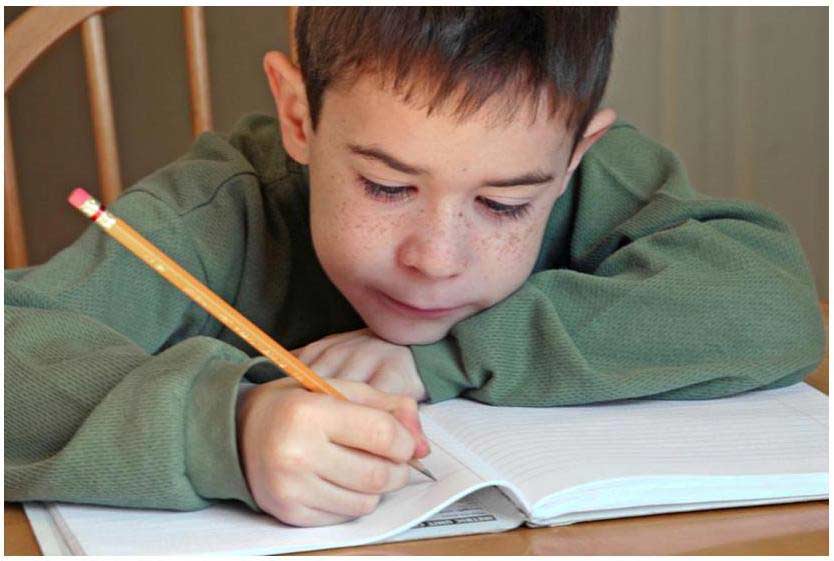 The cover story of TIME magazine on February 6, 2012, by Bryan Walsh, was titled “The Upside of Being an Introvert (and Why Extroverts Are Overrated)”. In the article, Walsh discusses the work of Brian Little, a research psychologist and academic lecturer who teaches a class on personality at Harvard. According to Little, there is a phenomenon called the Free Trait Theory, which presents the idea that we can choose to behave out of character despite natural tendencies if it is in the service of core personal goals. In short, human beings balance 3 equal but different personalities:
The cover story of TIME magazine on February 6, 2012, by Bryan Walsh, was titled “The Upside of Being an Introvert (and Why Extroverts Are Overrated)”. In the article, Walsh discusses the work of Brian Little, a research psychologist and academic lecturer who teaches a class on personality at Harvard. According to Little, there is a phenomenon called the Free Trait Theory, which presents the idea that we can choose to behave out of character despite natural tendencies if it is in the service of core personal goals. In short, human beings balance 3 equal but different personalities:
- Biogenic identity–our inborn personality
- Sociogenic identity–expectations of our culture, family and religion
- Ideogenic identity–our personal desires and sense of what matters
There are many upsides to being an introvert, and it is not necessarily the same as being shy with social anxiety. Introverts may simply prefer being alone for periods of time but are not bothered by social situations. As a result, they may demonstrate increased independence, attentiveness, or perseverance. As teachers, we have to be especially cognizant of our seemingly “shy” students who may have very different thresholds for classroom noise, class participation, and group work. In thinking about how to differentiate instruction to meet the needs of various learning styles, we have to provide opportunities for all students to demonstrate their natural strengths. We also have to provide opportunities that challenge our students’ comfort zones, including both introverted and extraverted students.
In my own classroom, for example, I used to give every student 2 pennies that had to be spent during certain reading group discussions. In this way, each student literally had to contribute his or her 2 cents. For more extraverted students and risk takers, they spent their 2 cents easily. For quieter and less confident students, they had to really work at it. On the flip side, we also practiced independent reading and writing with sustained blocks of time for quiet thinking and reflection.
As introverted students progress to older grades, their three identities are still at play. And as introverted students move onto high school or college, they face the challenge of increasingly difficult social transitions. In a blog post by Laurie Pawlik-Kienlen, she shares 12 tips for shy college students with introverted personality traits. These tips can be equally helpful for high school students.
- Learn the difference between shyness and introverted personality traits
- Figure out how introverted you are
- Accept yourself as a shy college student!
- Create a realistic, healthy school schedule
- Combine your natural strengths with social interactions
- Learn how to make small talk
- Find other shy college students — be open and honest about your shyness
- Practice making small talk with other shy college students
- Spend time one-on-one with friends who understand you
- Join a college club that stretches — yet fulfills – you
- Avoid or limit the friends and activities that drain or exhaust you
- Get counseling help if your shyness or social anxiety is becoming unhealthy or holding you back from achieving your goals
Whichever personality type you are, just embrace that you were BORN THIS WAY!
Written by: Editorial Team, My Learning Springboard, Inc.